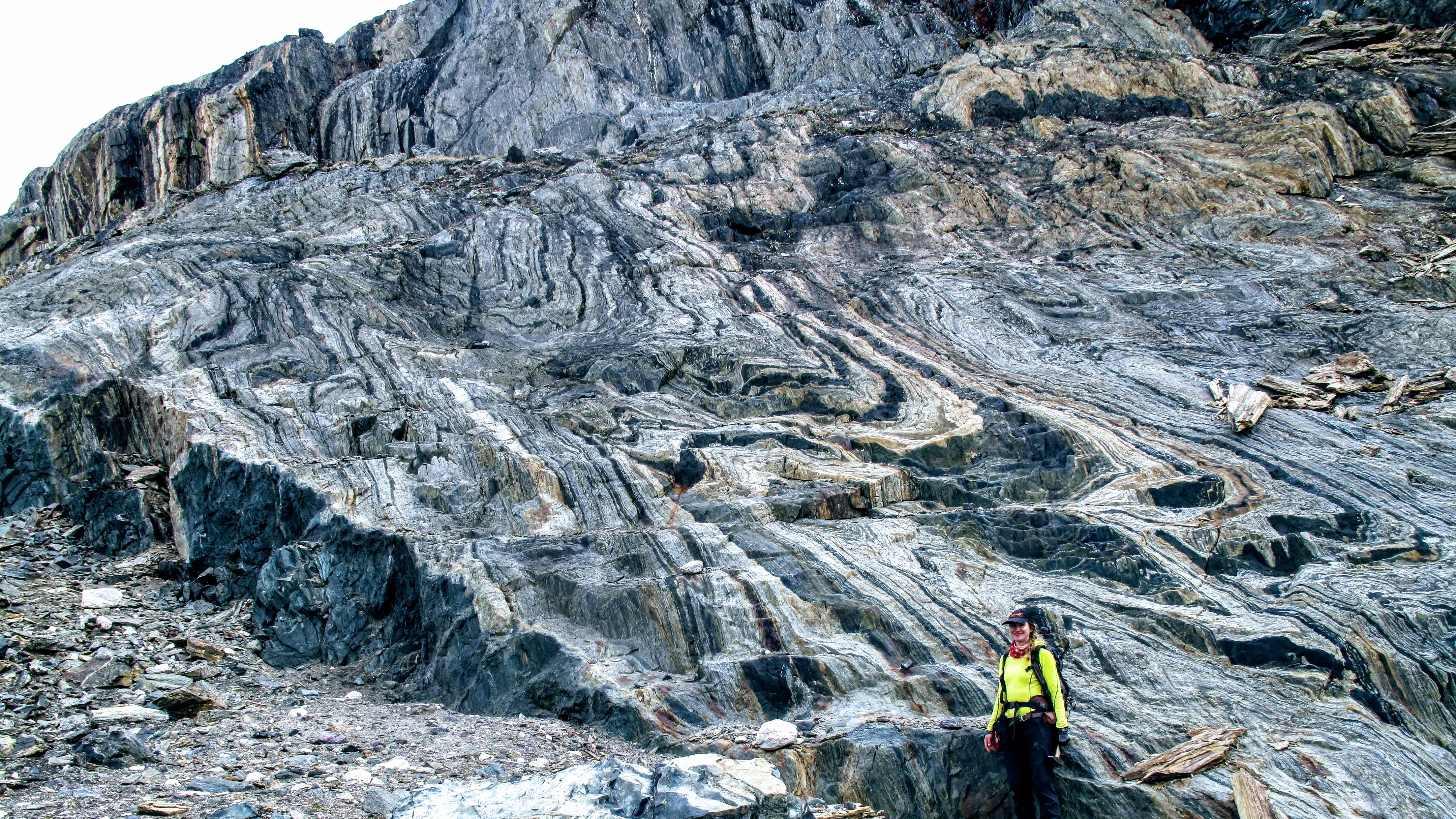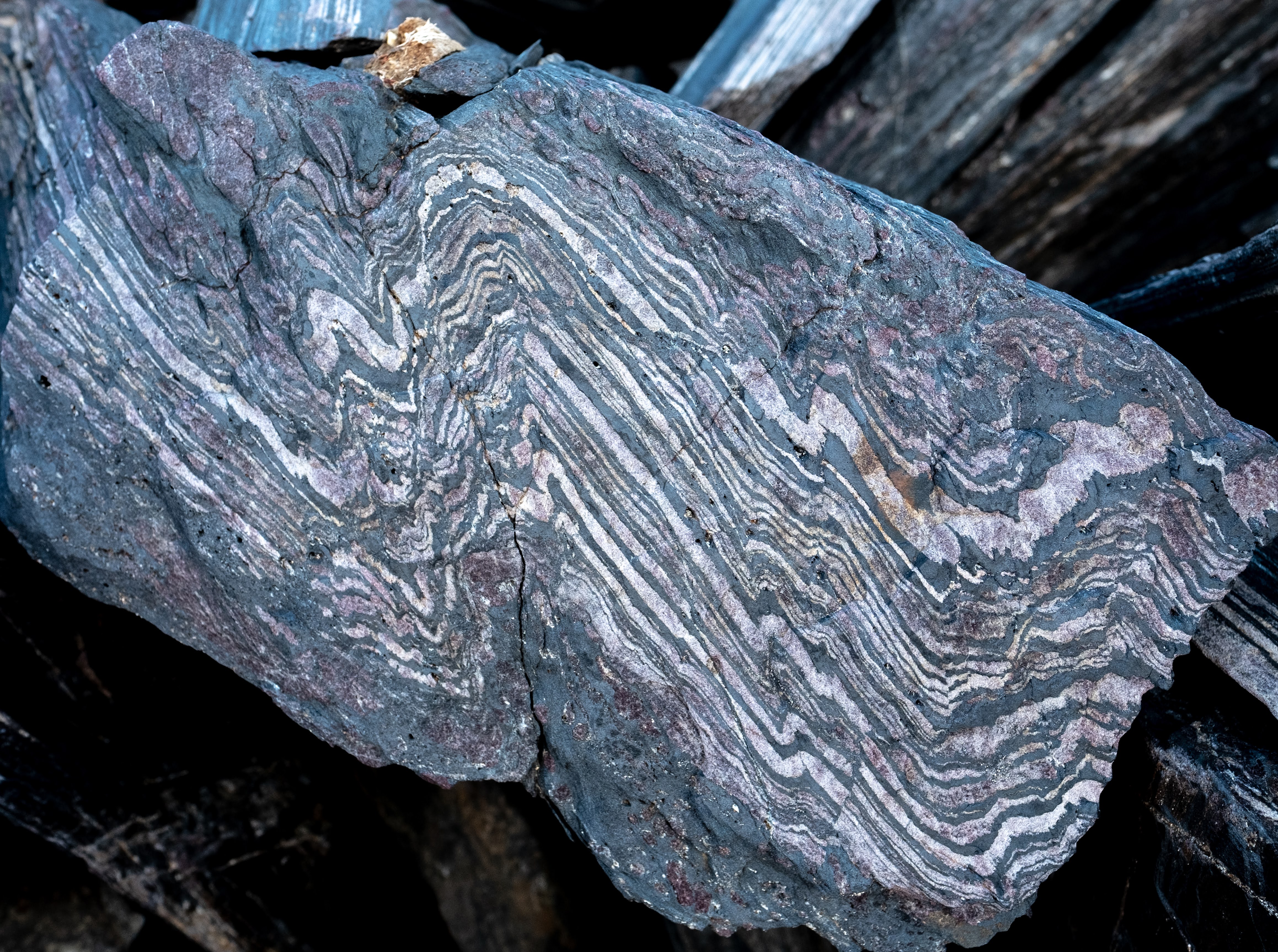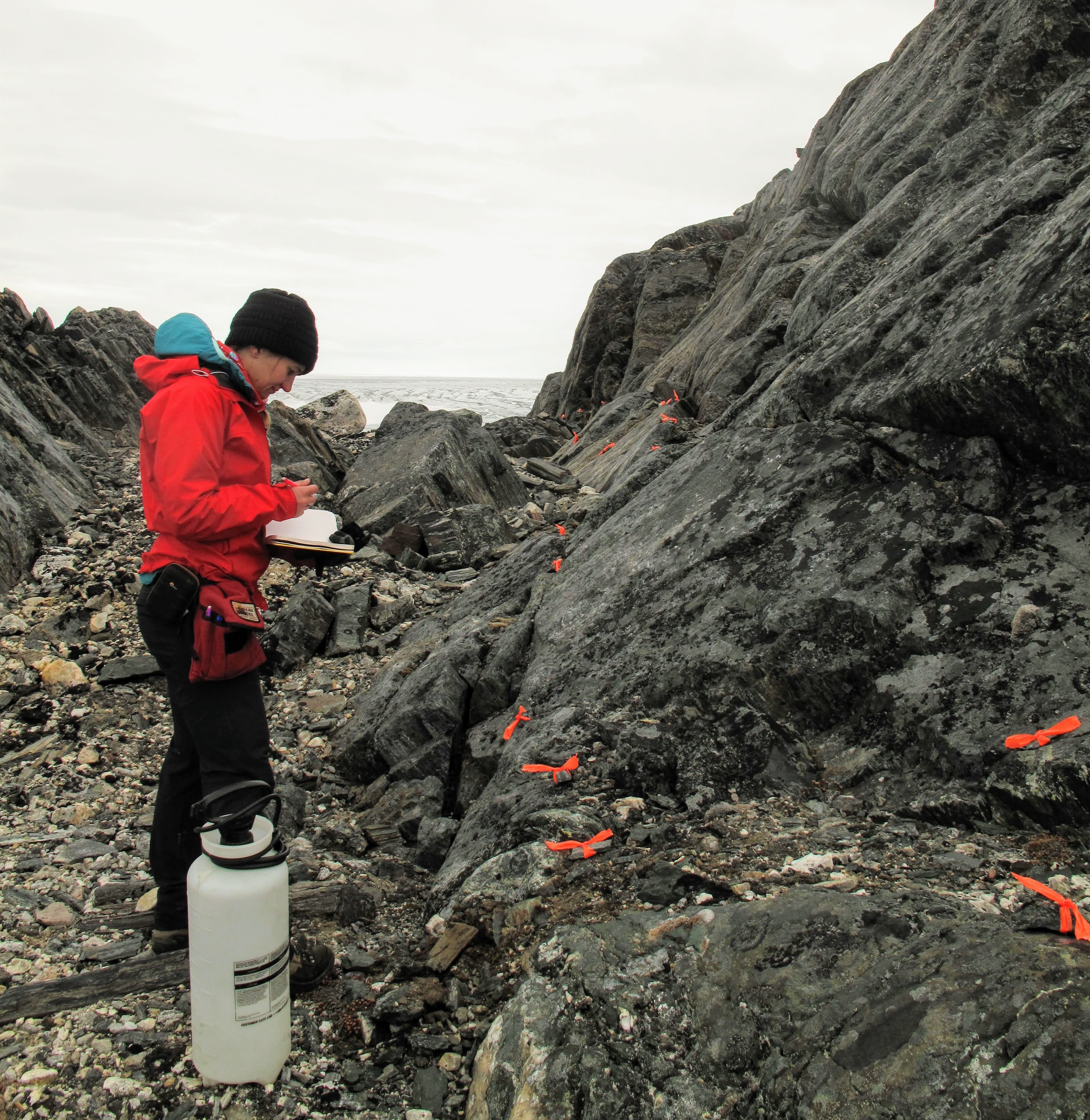Ancient rocks hold proof of Earth's magnetic field. Here's why that's puzzling
These rocks offer evidence that Earth had a strong magnetic field 3.7 billion years ago, but scientists aren't sure where that field could've come from.

A 3.7-billion-year-old record of our planet's ancient magnetism has been unearthed, providing evidence that Earth's magnetic field already existed very early in history. This discovery, however, is quite surprising.
Rocks approaching 4 billion years old are hard to find; most have been recycled through Earth's tectonic activity, slipping into the mantle through subduction zones before being belched back out via volcanoes. Yet, somehow, a sequence of rocks in the Isua Supracrustal Belt in Greenland has survived the ravages of time thanks to its unique geology, situated on top of a thick continental plate like a life-raft amid an ocean of tectonic upheaval.
Now, researchers from the University of Oxford and the Massachusetts Institute of Technology have dug up some of those Isua rocks, finding that they contain an ironclad record of the early Earth's magnetic field. According to this record, our planet's magnetic field doesn't seem to have changed very much at all in the intervening time — but geologists do not fully understand how Earth could have produced a magnetic field at all back then.
Related: Earth got hammered by cosmic rays 41,000 years ago due to a weak magnetic field
The existence of a magnetic field is crucial for the development of life on Earth, with field lines warding off the hazardous sleet of charged particles blown towards us via the solar wind. The existence of an early magnetic field could have thus helped life get a foothold on our planet.
Previously, estimates and hints of the early Earth's magnetic field have come from individual mineral crystals called zircons found within ancient rocks from Western Australia. These had suggested the existence of a magnetic field 4.2 billion years ago. However, those results were subsequently doubted as unreliable.
The new results from the Greenland rocks are considered more reliable because, for the first time, they are based on entire iron-bearing rocks (rather than individual mineral crystals) to derive the primordial field strength. Therefore, the sample offers the first solid measure of not only the strength of Earth's ancient magnetic field, but also of the timing of when the magnetic field originally appeared.
Get the Space.com Newsletter
Breaking space news, the latest updates on rocket launches, skywatching events and more!

"Extracting reliable records from rocks this old is extremely challenging, and it was really exciting to see primary magnetic signals begin to emerge when we analyzed these samples in the lab," said lead researcher Claire Nichols, who is a professor of planetary geology at the University of Oxford, in a press statement. "This is a really important step forward as we try and determine the role of the ancient magnetic field when life on Earth was first emerging."
The iron particles within the Isua rocks can be thought of like tiny magnets, aligning with Earth's magnetic field when the rock around them first crystallized 3.7 billion years ago. Their alignment therefore holds a record of the field's strength. That strength is measured to have been at least 15 microtesla (mT), which is comparable to Earth's field strength of 30 mT today.
This still leaves that earlier puzzle, however: How did the early Earth produce its magnetic field?

Today, that field is produced by the dynamo effect generated by electrical currents in the molten iron outer core of the Earth, an effect stirred up by buoyancy forces as the planet's inner core cools and solidifies. However, the inner core only grew cool enough to begin solidifying about a billion years ago; 3.7 billion years ago, it could not have influenced a dynamo effect in the same way that it does today. In short, how Earth's ancient magnetic field was generated remains a mystery.
Thankfully, it was indeed generated, and it surely helped primitive microbial life survive and evolve. The solar wind was stronger in the past than it is today, but as time went by, the Earth's magnetic field would have been able to stand up to it, creating conditions for life to move out of the oceans, where it was protected from harmful radiation, and onto land.
The findings were published on April 24 in the Journal of Geophysical Research.
Join our Space Forums to keep talking space on the latest missions, night sky and more! And if you have a news tip, correction or comment, let us know at: community@space.com.

Keith Cooper is a freelance science journalist and editor in the United Kingdom, and has a degree in physics and astrophysics from the University of Manchester. He's the author of "The Contact Paradox: Challenging Our Assumptions in the Search for Extraterrestrial Intelligence" (Bloomsbury Sigma, 2020) and has written articles on astronomy, space, physics and astrobiology for a multitude of magazines and websites.
-
newtons_laws The article says "That strength is measured to have been at least 15 microtesla (mT), which is comparable to Earth's field strength of 30 mT today." mT is incorrect; the internationally recognised prefix 'm' stands for for milli (one thousandth), the correct way of expressing a microtesla is μT (one millionth of a Tesla).Reply -
Torbjorn Larsson It could have been worse, some would have written μT as 'MT' (megatesla).Reply
The unit is "tesla" by the way, the international SI measurement system spells it newton et cetera to not confuse with historical persons (Tesla, Newton).









